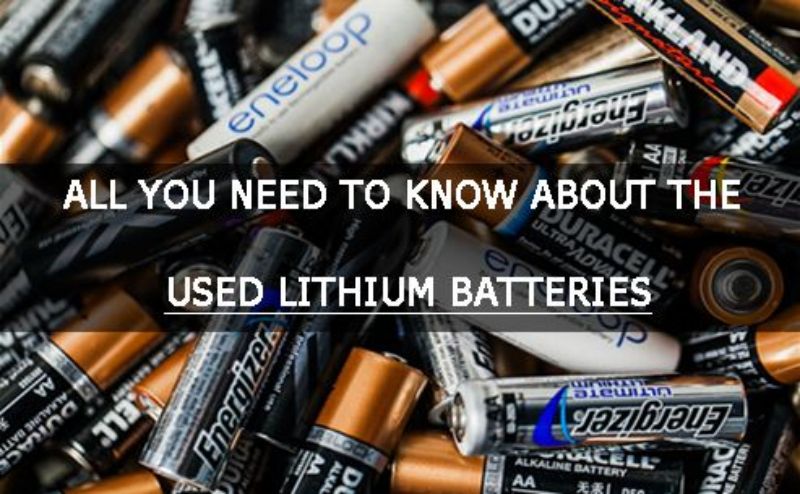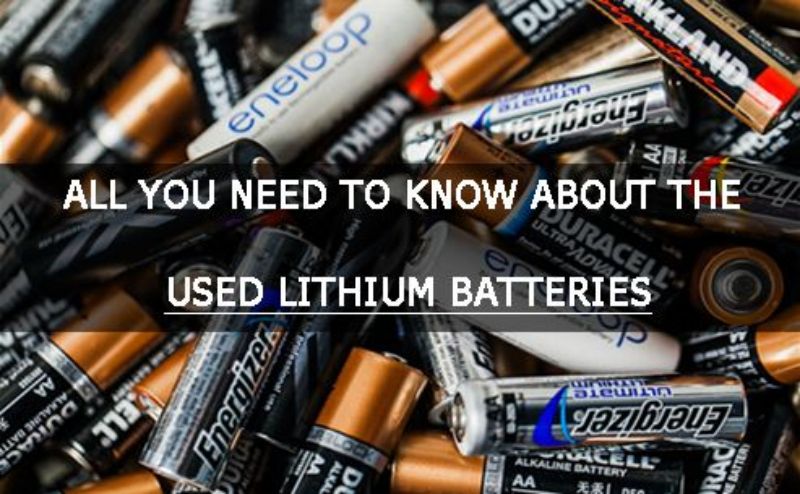
Main content:
- 1.What to do with used lithium batteries?
- 2.How long do used lithium batteries take to degrade?
- 3.Can used lithium batteries be restored?
- 4.Can used lithium batteries be reused?What are used lithium batteries used for?
- 5.How much is a used lithium-ion battery worth?
- 6.What happens to lithium batteries at end of life?
- 7.Are used lithium batteries bad for the environment?
- 8.Conclusion
A lithium ion battery is a family of rechargeable battery types, the 18650 rechargeable battery is a typical example. When lithium ions move between anode and cathode it charges and discharges. This battery is also termed as secondary battery the reason is that , it can be charged and discharged repeatedly up to 4,000 cycles.
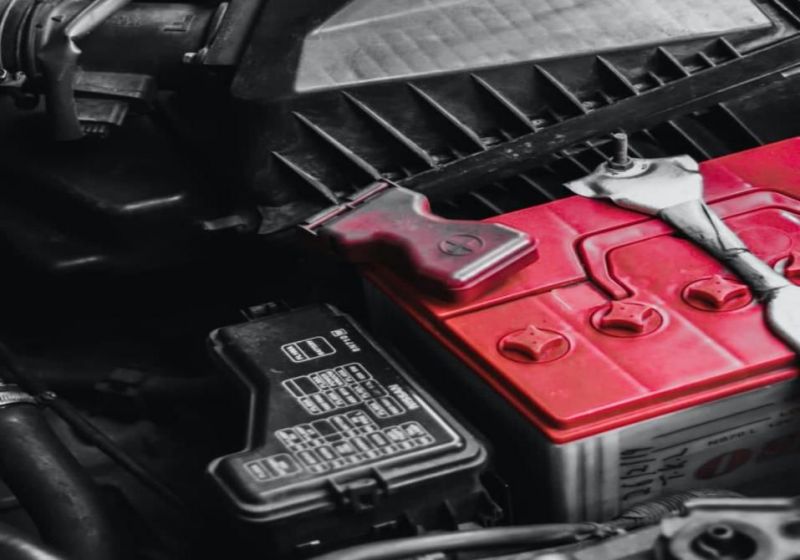
Lithium ion batteries are utilized in wide range of applications such as cell phones, power tools , solar system, motorcycles, RVs, boat, power station, digital cameras , vehicles and laptops as they are able to store high amount of electricity.
1.What to do with used lithium batteries?
Used lithium batteries or gadgets having these batteries should not be thrown away in domestic waste bin. After their primary use in vehicles or gadgets we can utilize these batteries again by reusing and recycling.
2.How long do used lithium batteries take to degrade?
Lithium batteries start to degrade during use. This is due to battery’s underlying chemistry which cause inevitable chemical reactions to occur inside the battery during use. Used lithium batteries are very sensitive to temperature. The rate of degradation of lithium ion batteries increases as soon as the intensity of temperature increases.
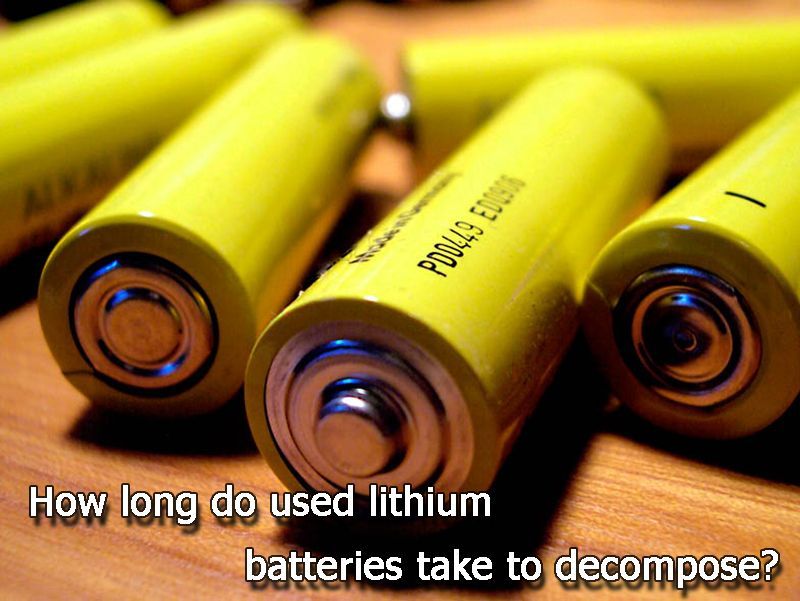
The rate of degradation also increases when the structure of electrodes damages. This happens as a result of the migration of mobile ions in and out of the two electrodes. If used in proper conditions lithium ion battery can last for 4000 cycles. If we talk about the voltage of lithium ion battery, not all lithium batteries have the same voltage. Ternary lithium batteries have a voltage of 3.7V, while lithium iron phosphate batteries have a voltage of 3.2V.
3.Can used lithium batteries be restored?
In general, used lithium-ion batteries can still be used, as long as there is no damage inside of the battery that causes battery failure. However, it is possible that this kind of battery has been placed for a long time. Due to the existence of the self-discharge phenomenon of the battery, it has no electricity and becomes dead battery. When lithium ion battery contains no more electrical power we consider it dead. But it still can be restored and one should at least try to restore it before disposing it. We can restore the used lithium ion battery by different ways mentioned below :
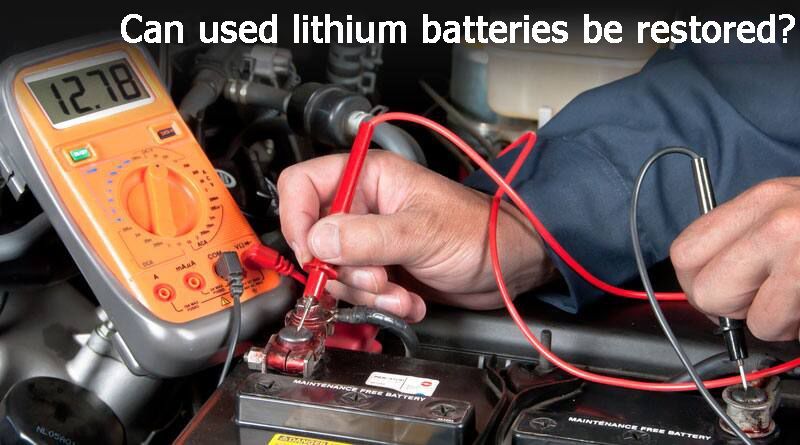
Lithium-ion batteries may go into sleep mode after battery capacity being drained for an extended period of time. Even lithium-ion batteries self-discharge at a very low rate. When lithium-ion batteries reach a low-discharge condition, their protective circuits immediately shut down. In order to restart a protection circuit, certain analyzers and lithium-ion battery chargers need relatively little electrical power. The right voltage is essential for charging lithium battery.
Deep discharges, which deplete the battery's internal power to achieve a deeper recharge, require some unconventional methods. A near-dead lithium-ion battery is fully discharged and then recharged to activate the battery. The idea is to discharge the battery in a deep way, depleting its internal power to achieve a deeper charge, which requires some unconventional methods
4.Can used lithium batteries be reused?What are used lithium batteries used for?
Lithium-ion batteries are secondary batteries that can be charged and discharged repeatedly. Unlike nickel-cadmium battery/Ni-Cd, which have a memory effect, they can be recharged on demand. Over time, lithium-ion batteries degrade in capacity and performance. But that doesn't mean that used lithium-ion batteries will drop to zero capacity at the end of their useful life. Used lithium-ion batteries can be reused once their useful lifespan is over.
In fact, lithium-ion batteries that reach the end of their useful life typically hold 80% of their capacity and they still retain 80 percent capacity for many years. It's called secondary life of used lithium batteries. Depending upon their conditions, used lithium-ion batteries can deliver extra 5 to 8 years in Second life functions. These reused lithium Batteries can be used in milder scenarios, though they are no longer suitable for high-performance scenarios, as shown below:
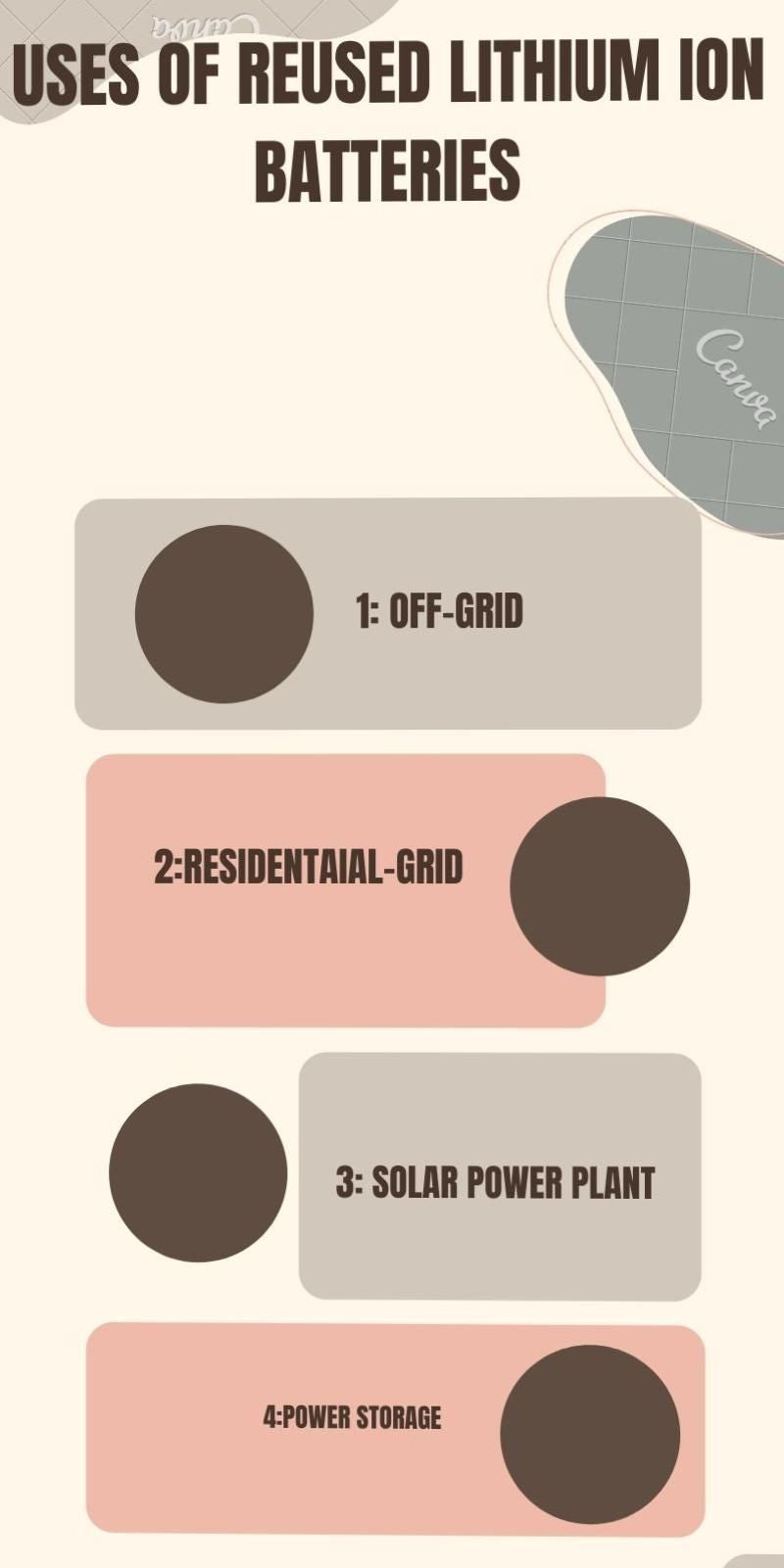
So these reused lithium batteries can be used to assist reduce environment impact and increase supply security. They are used to store stationary energy. These batteries increase material efficiency and bring significant value to automotive and energy industries as well as society.
5.How much is a used lithium-ion battery worth?
Following are some of the primary advantages of reused lithium batteries: High level of security, resource use is reduced, affordable, multiple uses, consists results and sustainability. The worth of used lithium batteries is perhaps only 100 US dollar per ton to 3000 Us dollar per ton. They might be 30 to 70 percent less expensive than new one’s. The expense of collecting, sorting and delivering used lithium ion battery to a recycler on the other hand , far out weights the scrap value.
6.What happens to lithium batteries at end of life?
At the end of life the used lithium batteries have great potential to be reused into second life batteries to use in the applications that require less effort. If a battery can not be used in second application the constituents of it may be recycled.
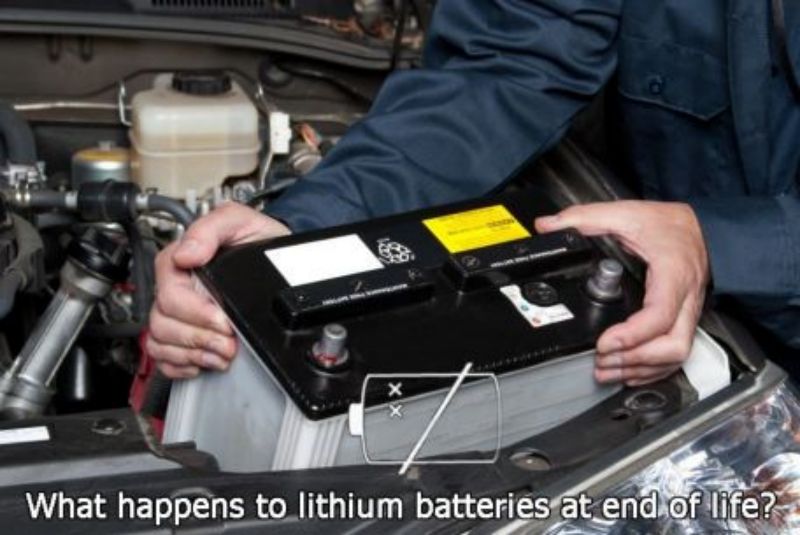
① Process of Recycling
From the perspective of the application field of recycled batteries, the recycling and reuse of lithium batteries can be divided into two aspects: 1) Echelon utilization of batteries conforming to the energy attenuation degree; 2) Recycle the batteries that cannot be used in steps, recover nickel, cobalt, manganese, lithium and other materials in them, or repair the regenerated battery materials, so as to improve the recycling value.Recycling of lithium ion battery can be done by chopping the battery into small pieces. After chopping the small pieces are crushed into powder. Finally the powder is melted at high temperature. It can also be dissolved by some acid.
② Precautionary measures to increase the life span of lithium ion battery
Lithium-ion batteries work by moving ions between positive and negative electrodes. In theory, lithium-ion batteries could work forever under this mechanism. However, as time goes by, the performance of the battery declines because the charge-discharge cycle is accompanied by temperature rise and battery aging. The average life of used lithium ion battery can be increased. This can be achieved by keeping in mind the following precautions :
Lithium batteries work best at room temperature, its operating temperature is -20-60℃. Using lithium batteries at high temperatures, charging them or storing them for long periods of time can permanently reduce their capacity. Do not overcharge or overdischarge, and keep the charge at about 20% to 80%. It is recommended not to use fast charging. Otherwise, the battery life will be damaged by excessive current.
Do not discharge the battery when the maximum discharge current is exceeded. Otherwise, the battery core or protection panel may be damaged. In serious cases, high temperature may cause other serious accidents. Batteries are best transported and stored at less than 80% full charge and do not store the battery for a long time when the battery discharge is below 30%.
7.Are used lithium batteries bad for the environment?
Used lithium batteries have impact on environment. When lithium ion batteries complete their life cycle many people throw it in their domestic recycle bin. But remember! this is not the right method to get rid of them. As after the completion of first life they still have 80 percent of capacity . Therefore they are combustible and have tendency to catch fire. Carelessly discarding used lithium batteries will have a certain impact on the environment, but the impact is not significant.

Lithium batteries do not contain or produce any lead, mercury, cadmium and other toxic and harmful heavy metal elements and substances regardless of production, use or scrap. Lead-acid and nickel-chromium batteries, which contain toxic elements such as heavy metals, pollute the environment more, while lithium-ion batteries are more environmentally friendly than other batteries. On the other hand, cobalt, lithium, copper and plastics in waste lithium batteries are precious resources with high recycling value. Therefore, scientific and effective treatment and disposal of spent lithium battery not only has significant environmental benefits, but also has good economic benefits.
Despite of their harmful impact on environment they are less hazardous as compare to other EV batteries. The reason is that compared with traditional batteries such as lead acid, nickel chromium and nickel hydride, lithium batteries do not produce any lead, mercury, cadmium and other toxic and harmful heavy metal elements and substances, and relatively less pollution. That is why they are more environmental friendly since they don’t contain any substance with high environmental load
8.Conclusion
So we can say that lithium ion batteries are much more useful than many other batteries because they are less hazardous as compare to other batteries. Also thanks to lithium battery high energy density, it can store high energy per unit volume, no other battery can store 5 times more energy in same space as lithium ion batteries.


